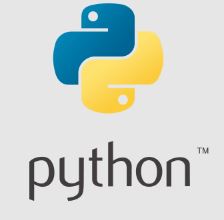PySpark, the Python API for Apache Spark, is a powerful tool for large-scale data processing. In this guide, we explore how to reverse strings within a DataFrame in PySpark. This technique is often used in data preprocessing and transformation tasks.
Understanding string reversal in PySpark
String reversal involves flipping the order of characters in a string. For instance, reversing “hello” yields “olleh”. In PySpark, this can be achieved using built-in functions, enhancing the flexibility and power of data manipulation.
The significance of string reversal
- Data Cleaning: Useful in formatting or correcting data.
- Pattern Recognition: Assists in identifying symmetrical patterns in text data.
- Encoding and Decoding: Employed in simple cryptographic processes.
Implementing string reversal in PySpark
PySpark does not have a direct function to reverse strings. However, we can achieve this by converting the string into an array of characters, reversing the array, and then concatenating the characters back.
Implementation
Example:
In this example, the expr function is used with the SQL reverse function to reverse the strings in the “Name” column.
Spark important urls to refer








